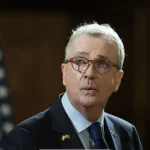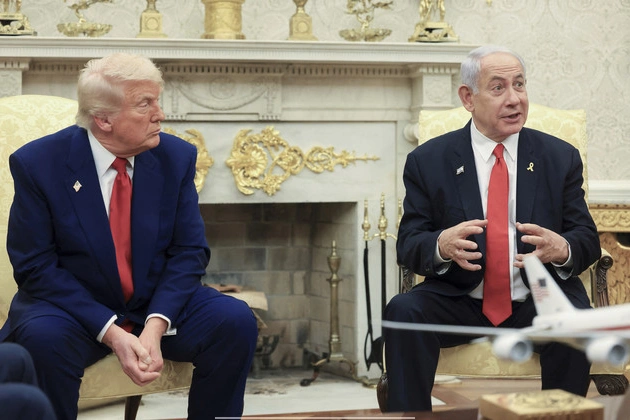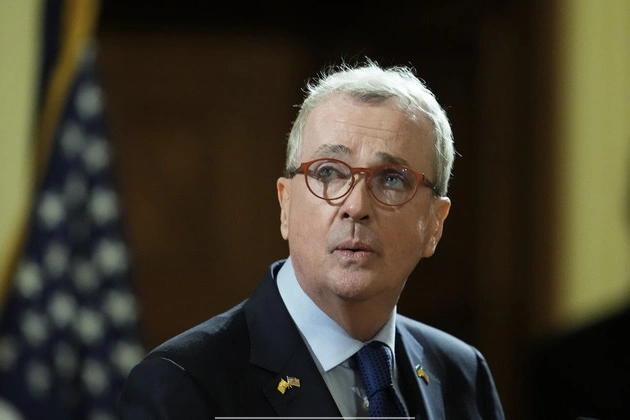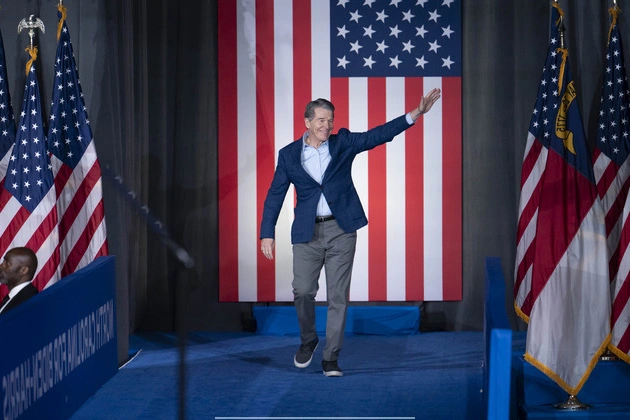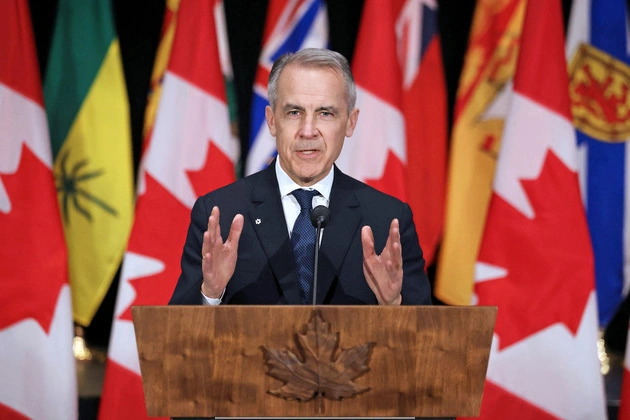
Canada has recently made a significant pledge to meet NATO’s defense spending target of 2 percent by 2025, positioning itself as a key player in global security.
Background of the Commitment
Prime Minister Mark Carney’s announcement reflects a shift in Canada’s defense strategy, driven by the evolving security landscape and the need for greater self-reliance.
Hosting President Donald Trump at the upcoming G7 summit has added urgency to Canada’s commitment, especially amidst calls from the U.S. for increased spending.
Strategic Rationale
Carney emphasized the need for Canada to adapt to a more dangerous world, where middle powers like Canada must assert their interests to ensure their security.
Recognizing the changing dynamics of global power, Carney highlighted the risks of not actively participating in shaping international security agendas.
Implications for Canada
Canada’s decision to accelerate defense spending comes at a critical juncture, with implications for its Arctic security and its relationship with the U.S.
The focus on protecting Canadian interests underscores the government’s commitment to safeguarding its citizens and asserting its sovereignty.
Future Prospects
As Canada prepares to unveil its budget and assess NATO’s evolving benchmarks, the country faces a pivotal moment in defining its defense priorities.
With NATO considering raising the spending target to 5 percent, Canada’s strategic choices will shape its defense capabilities and industrial base.
Joining initiatives like ReArm Europe demonstrates Canada’s intent to enhance its security contributions and reduce dependence on external sources.
Conclusion
Canada’s commitment to meeting NATO’s spending target signals a significant shift in its defense policy, reflecting a proactive stance in addressing evolving security challenges.
By aligning its economic strengths with defense priorities, Canada aims to bolster its security posture and contribute meaningfully to global security efforts.


